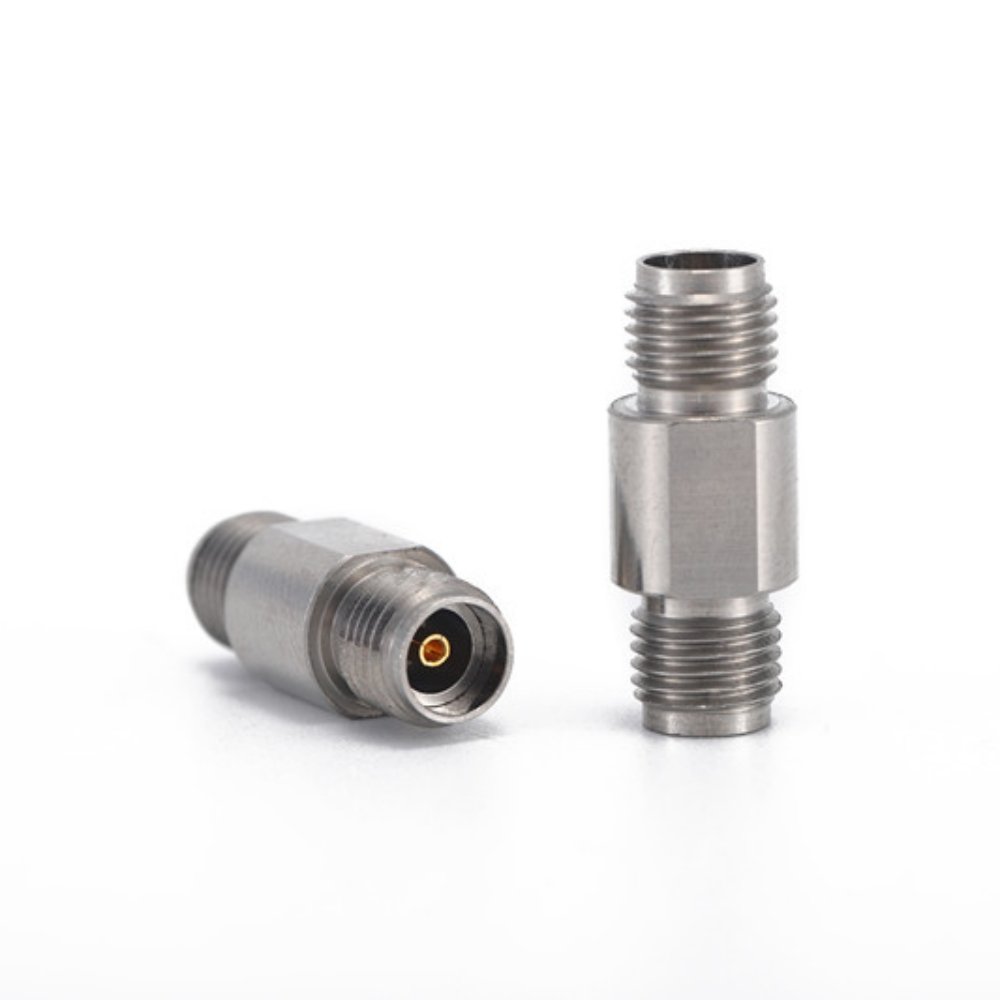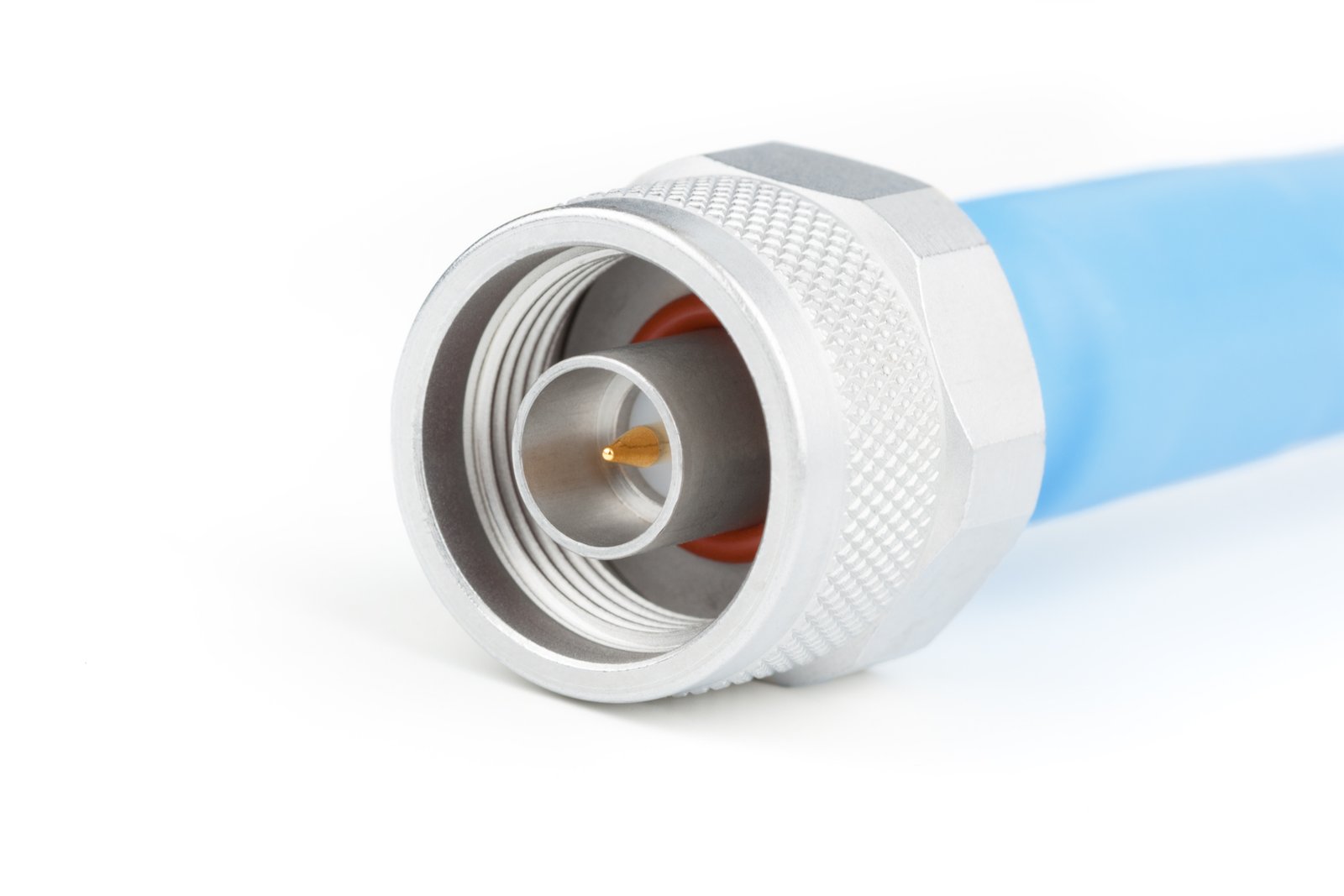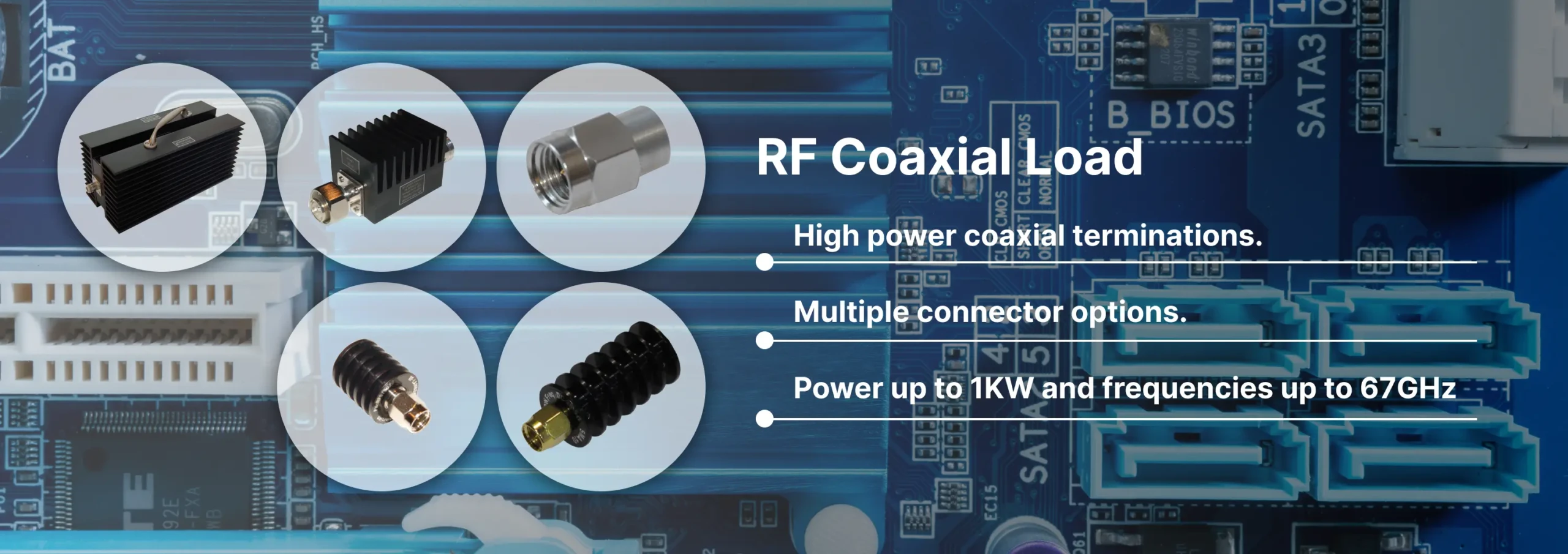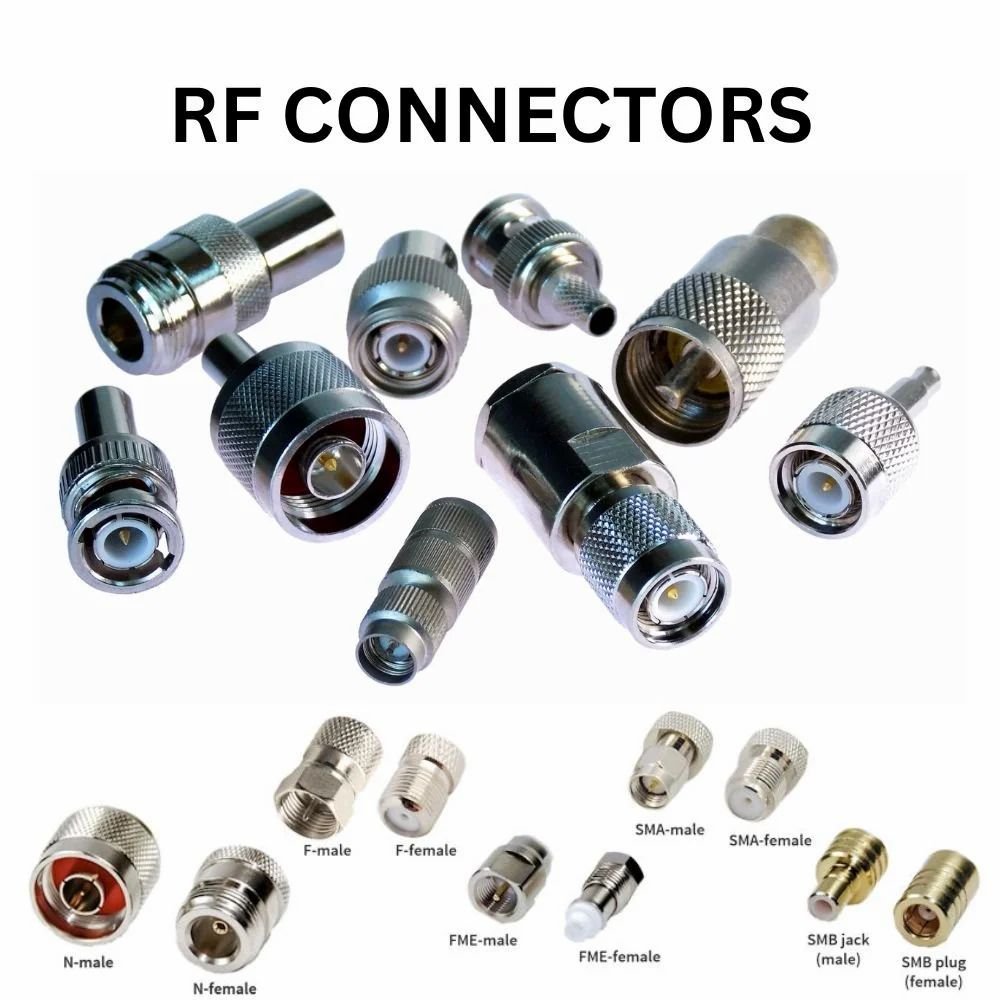by Angela
Share
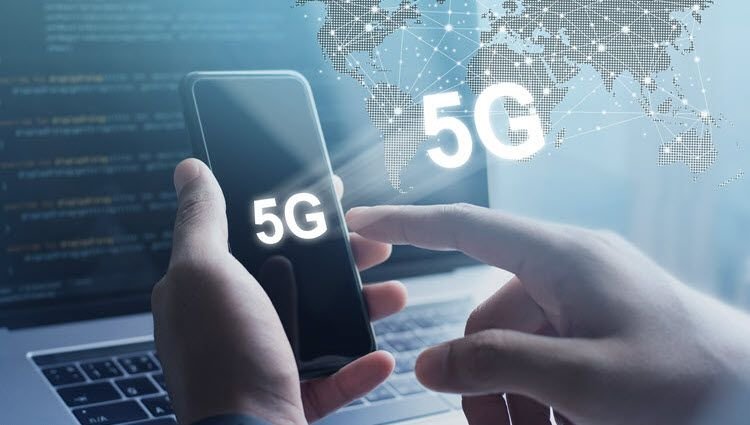
As the complexity of 5G equipment test and measurement technology continues to increase, the development and optimization of the design, prototype, and deployment of wireless products that meet the 5G NR standard, and the rapid and reliable promotion of product launches, are a challenge for the RF and microwave test and measurement industries. An epoch-making technical challenge.
-
From a technical point of view
First of all, from a technical point of view, the spectrum efficiency of 5G will be 5-15 times that of 4G, and the peak data rate will reach gigabits per second, including many new technologies such as millimeter wave, beamforming, and ultra-wideband technology. Technology came into being, and it needed to be tested and measured through a solution that conforms to the 5G NR standard. With the release and advancement of the 5G NR mobile communication standard, the complexity of 5G equipment testing and measurement technology continues to increase.
-
From a testing point of view
Second, the testing and measurement methods for 5G equipment and base stations will be significantly different from existing methods. From a testing point of view, in view of the RF architecture in 5G equipment and the higher frequency bands used, the previous RF laboratory testing through coaxial cables will be replaced by OTA (air interface) testing, because the equipment will no longer There are any physical connectors. In addition to antenna testing, all other radio frequency system performance parameters and wireless resource parameters also need to be tested by OTA, and the test object is not only the antenna, but the upgrade to the entire device and the entire system.
For example, the antenna pattern of the previous 3G/4G was fixed. Unlike previous generations of mobile communication standards, the 5G NR millimeter wave technology uses a dynamic steerable beam to maximize the signal energy by directing as much signal energy directly at the device as possible. To improve the connection quality, these steerable beams are generated by phased array antennas and their related electronic components, and these antennas and electronic components need to be calibrated and measured in many configurations through OTA testing to ensure their connection is optimized.
-
Conclusion
“The test environment in the 5G era has undergone tremendous changes, and OTA (air interface) test and measurement methods have gradually become the mainstream.” Mathieu Mercier further pointed out that the entire industry has an increasing demand for OTA. First of all, in the OTA environment, it is necessary to establish communication between the corresponding measurement tool and the measuring device, and then perform the corresponding measurement through the air test.
STAY IN FOR MORE NEWS
Subscribe to our free newsletter.
The 3.5mm adapter is an indispensable component for high-frequency 50-ohm RF systems, ensuring signal integrity and exceptional performance. Known for its precision and ability to operate at frequencies up to 34 GHz, this adapter is widely used across telecommunications, aerospace, and defense industries, where reliable RF connections are critical. Why Choose the 3.5mm Adapter? Seamless
Did you know that the N-Type connector, a cornerstone of RF technology, has its roots in the 1940s? Originally designed for the U.S. Navy, this versatile connector has adapted to meet modern demands across telecommunications, defense, and high-frequency testing. The world of coaxial connectors has evolved into a vast array of types and standards, each
Discover Reach-Line’s precision RF and microwave terminations covering DC to 110 GHz and power levels 1 W to 1000 W. Reliable, low VSWR solutions for 5G, satellite, and lab applications.
What is an RF Coaxial Connector? RF (Radio Frequency) and wireless systems play a pivotal role in nearly every modern application, ranging from telecommunications to consumer electronics and beyond. To ensure seamless interconnectivity within these systems, a wide variety of RF connectors are utilized. These connectors serve as critical components for establishing connections between modules,

